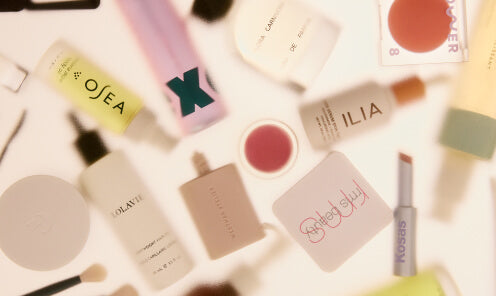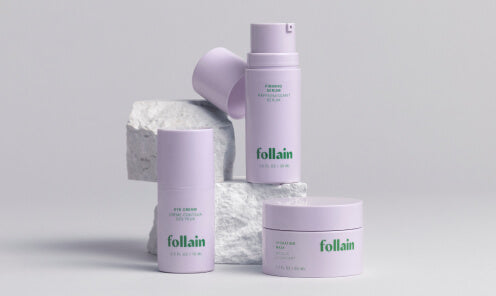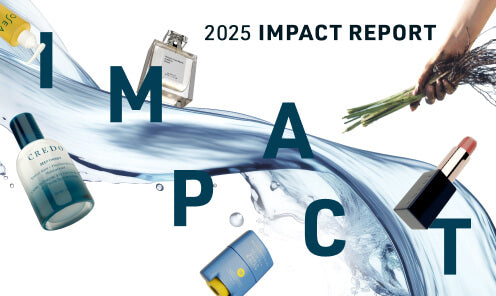Credo Journal

Credo Clean Council
Credo’s Clean Council helps guide Credo Beauty in its commitment to delivering the highest standard in clean beauty, ensuring that we not only meet but exceed the expectations of our...
Credo Clean Council
Credo’s Clean Council helps guide Credo Beauty in its commitment to delivering the highest standard in clean beauty, ensuring that we not only meet but exceed the expectations of our...
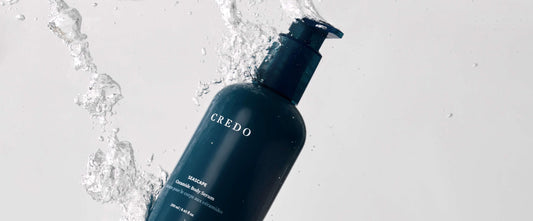
Setting a Higher Standard for Packaging: Transp...
At Credo, we’re committed to leading the clean beauty industry with intention and integrity—holding both our formulas and packaging to the same high standards set by The Credo Clean StandardTM. Packaging is a crucial part of the conversation around sustainability and safety, and we...
Setting a Higher Standard for Packaging: Transp...
At Credo, we’re committed to leading the clean beauty industry with intention and integrity—holding both our formulas and packaging to the same high standards set by The Credo Clean StandardTM. Packaging is a crucial part of the conversation around sustainability and safety, and we...

Colorants in Clean Beauty
At Credo, we love that you care so much about what’s in your beauty products and we hear you. We take ingredient safety seriously, and every product in our stores...
Colorants in Clean Beauty
At Credo, we love that you care so much about what’s in your beauty products and we hear you. We take ingredient safety seriously, and every product in our stores...

Why does the EU ban more ingredients than the USA?
By now, we all know that United States lags the European Union in banning harmful ingredients in cosmetics. Here’s a few key reasons why this is the case: The US...
Why does the EU ban more ingredients than the USA?
By now, we all know that United States lags the European Union in banning harmful ingredients in cosmetics. Here’s a few key reasons why this is the case: The US...
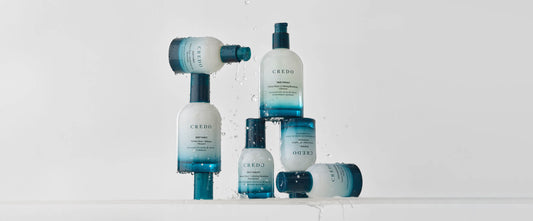
A collective creation. 10 years in the making
A decade ago, Credo Beauty set on a mission to be the catalyst for change in our underregulated beauty industry. After a decade of customer feedback and learning from both...
A collective creation. 10 years in the making
A decade ago, Credo Beauty set on a mission to be the catalyst for change in our underregulated beauty industry. After a decade of customer feedback and learning from both...

What is the difference between vegan and cruelt...
There can be lots of confusion in the way products are labelled. Let this be a label lesson to us all–to always ask the question. One of the most common...
What is the difference between vegan and cruelt...
There can be lots of confusion in the way products are labelled. Let this be a label lesson to us all–to always ask the question. One of the most common...










